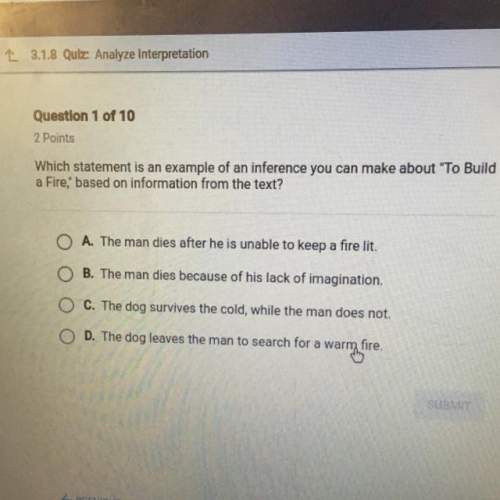Read the passage.
for centuries, gargoyles have graced the tops of buildings. gargoyles...

English, 13.12.2019 23:31, hargunk329
Read the passage.
for centuries, gargoyles have graced the tops of buildings. gargoyles are statues made to resemble animals, mythological creatures, and sometimes men. yet gargoyles are not just decorative architectural features. they have a function. they transport water away from the roofs and sides of buildings and act as waterspouts. how? a groove is built into the back of each gargoyle, allowing water to exit the mouth of the creature. this prevent rainwater from damaging the mortar that holds masonry walls together.
the earliest gargoyles originated more than 4000 years ago in egypt, rome, and greece. a typical egyptian gargoyle depicted a human with the head of a lion since the egyptians believed in deities with animal heads. greek gargoyles were carved in either marble or terra cotta, a clay-based unglazed ceramic. during the middle ages, gargoyles became even more grotesque in appearance. carvers released their imaginations by creating fantastic stone carvings. like their historical counterparts in ancient egypt, many medieval gargoyles were of creatures not of this world. half-man and half-beast, they sat on the edges of buildings or projected forward out over the edges of structures. these gargoyles often looked ready to leap off into the air and take flight.
what is the author's purpose for writing this passage?
a) to describe what gargoyles look like and their purpose
b) to entertain readers with fantastical images of gargoyles
c) to inform readers of the difference among egyptian, roman, and greek gargoyles
d) to explain why gargoyles should be preserved on historical buildings

Answers: 1
Other questions on the subject: English


English, 21.06.2019 21:40, amberskids2
4.in those days the church was not merely a thermometer that recorded the ideas and principles of popular opinion; it was a thermostat that transformed the mores of society. •type of figurative language: •meaning of figurative language: •effect on tone and mood: •effect on audience: choose out of these: hyperbole, irony, historical question, paradox, allusion, metaphor, personification, symbolism and simile
Answers: 3

English, 22.06.2019 00:30, jackparo9640
In at least 150 words, identify and describe the setting, and the way the author uses imagery to describe it for part 1 of nectar in a sieve.
Answers: 1

English, 22.06.2019 07:30, natalieoppelt
The question below refers to the selection “ozymandias” by percy bysshe shelley. the traveler seems to believe that — a. monuments are eternal b. the passage of time is necessary and inevitable c. we must preserve relics of past civilizations d. even the greatest works are destroyed by time
Answers: 1
Do you know the correct answer?
Questions in other subjects:




Chemistry, 06.07.2020 21:01

English, 06.07.2020 21:01


Mathematics, 06.07.2020 21:01

Physics, 06.07.2020 21:01









